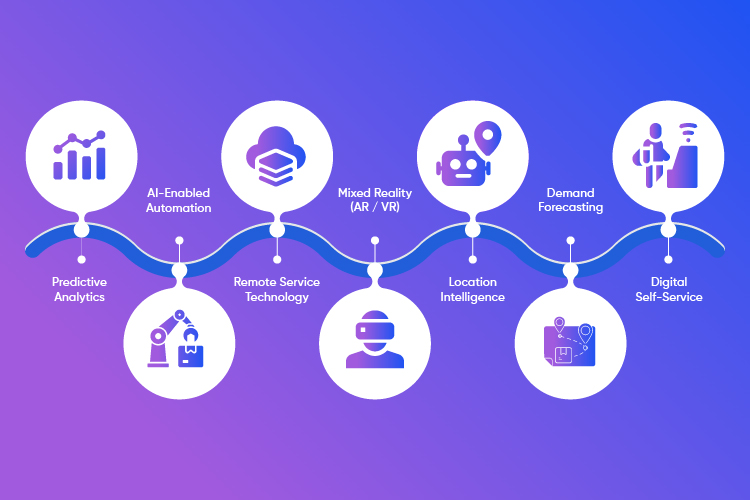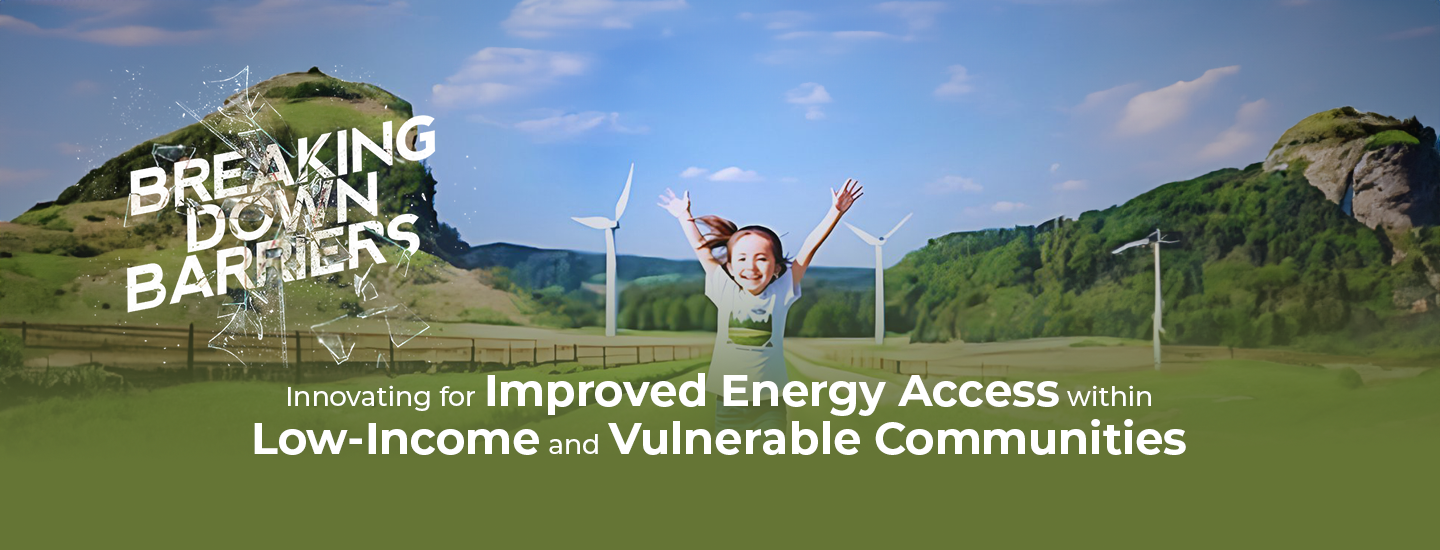Master Blog
Elevating Workforce Experience: How Intelligent Connected Workforce Experience Platforms Empower Utilities to Supercharge their Field Force

In the modern business landscape, customer experience has become a critical differentiator for brands. The way customers perceive and interact with a company's services has a profound impact on its reputation and long-term success.
This holds true especially for utilities, where field service plays a significant role in shaping customer perception. Whether it's proactive asset maintenance and management, addressing a service request from the customer, collecting customer feedback, or scheduling and tackling a priority work order on the go, a seamless field workforce experience directly impacts customer satisfaction.
To achieve transformative workforce experience, utilities are embracing intelligent connected workforce experience platforms. An intelligent connected workforce experience approach recognizes the significance of workforce experience (WX) and strategically invests in modern technology to facilitate intelligent decision making. This combination ensures successful transformation that enhances the connection between customers, the workforce and the utility admins.
To achieve this, creating a cohesive ecosystem that integrates customers, field workers, and advanced technology becomes essential. Such a connected environment fosters innovation and propels utilities towards success, ensuring unmatched efficiency, customer satisfaction, and a leading position in the dynamic utility landscape
These platforms offer a range of next-gen use cases that enhance field operations and workforce experience, enabling utilities to supercharge their field force. This blog explores the key aspects of these platforms and how they are driving a paradigm shift in the utility industry.
An intelligent connected workforce experience approach recognizes the significance of workforce experience (WX) and strategically invests in modern technology to facilitate intelligent decision making
The Foundation of Transformation: Connected Experiences
Connected experiences lay the foundation for utility transformation. From mobile apps for bill payments and outage management to smart home integration and e-mobility solutions, these platforms provide seamless service delivery and drive workforce satisfaction exponentially.
Some of the Next-Gen Use Cases for these connected platforms are :
- Predictive Analytics: By integrating field service solution and internal business processes, utilities can minimize asset downtime and boost output per worker and field crew. Leveraging AI-ML algorithms and historical data, utilities can proactively anticipate potential equipment failures, optimize maintenance schedules, and dispatch field technicians before problems arise. This not only reduces downtime but also increases productivity, cost savings and ensures smart asset management, resulting in a better CX for utility customers and boosts operational.
- AI-Enabled Automation: Automating and streamlining field workflows improves efficiency and reduces errors. AI enabled automation makes the system intelligent, enhancing safety of field workforce and reducing manual intervention for bulk work order requests. Further, automated smart scheduling and dispatching leverages AI to minimize human error and ensures optimum skill to job matches for a work order.
- Remote Service Technology: Field technicians equipped with remote diagnostic tools can troubleshoot and resolve issues from anywhere in real-time. This technology reduces service time and costs, leading to better workforce satisfaction and workforce productivity by allowing field technicians to work from anywhere.
- Mixed Reality (AR / VR) : By leveraging augmented reality (AR) and virtual reality (VR) technologies, field workers can diagnose and repair issues more accurately and collaborate with remote experts and peers. This technology improves safety, reduces downtime, and facilitates remote collaboration to enhance service delivery.
- Location Intelligence: GIS technology tracks and analyzes workforce data in real-time, optimizing resource allocation and task prioritization. By quickly responding to potential outages or hazards, utilities enhance customer satisfaction and reduce downtime. Location Intelligence also ensures utility admins can track vehicles and field workforce whereabouts
- Demand Forecasting: Anticipating future service demands and efficiently scheduling field. workers and equipment helps utilities minimize costs and maximize revenue.
- Digital Self-Service: Empowering field workers and customers with real-time data, work orders, and customer information on mobile devices enables efficient task completion and better customer service

The Connected Digital Experiences for Utilities
Incorporating digital transformation into field service operations , workforce experience and workforce management is essential for utilities to thrive in today’s connected era. A cohesive approach ensures that all stakeholders, including customers, field workers, and service agents, benefit from improved efficiency and productivity.
To successfully manage field workforce and customer experiences, utilities must consider the following steps:
- Assessing Mobile Needs: Understanding the specific needs and requirements of field workers helps prioritize features and functionalities in the mobile application, catering to their unique workflows.
- Goal Setting: Establishing specific objectives and KPIs fosters accountability and drives continuous improvement.
- Internal Change Management: Implementing effective change management strategies encourages the adoption of new technologies and processes among employees.
- Access to Information and Resources: Field workers should have access to comprehensive information and resources to resolve issues efficiently.
- Offline Capabilities: Incorporating offline capabilities ensures uninterrupted productivity in remote areas with limited network connectivity.
- Learning from Peers: Collaborating with industry peers promotes innovation and keeps utilities updated on industry trends.
- Empowering Customers and workforce to collaborate and communicate on the go.
Selecting the Right Platform for Field workforce Management
When searching for a field workforce management platform, utilities should prioritize security measures, cloud-based implementation for accessibility, flexibility to adapt to changing needs, scalability for future growth, and user-friendly applications to ensure seamless adoption.
In today's connected world, delivering superior workforce experiences has become imperative for utilities. They need to embrace the intelligent connected workforce experience platforms to meet evolving customer expectations. By leveraging advanced technologies and implementing a cohesive approach, utilities can revolutionize their field service operations, delivering personalized, smarter, and faster service that transforms the workforce experience.
The future success of utilities hinges on their ability to embrace the power of these platforms and create a positive impact on their customers' lives, every time their field service representatives are on-site, without compromising on workforce safety and productivity.
As the energy ecosystem evolves, intelligent connected workforce experience platforms hold the key to empowering utilities and supercharging their field force.
Smart Mobile Workforce (SMW®) s the #1 digital workforce experience (WX) platform for energy, water, gas and public works providers, worldwide. SMW® helps in intelligently managing field operations that make service experiences effortless for the end customers.





